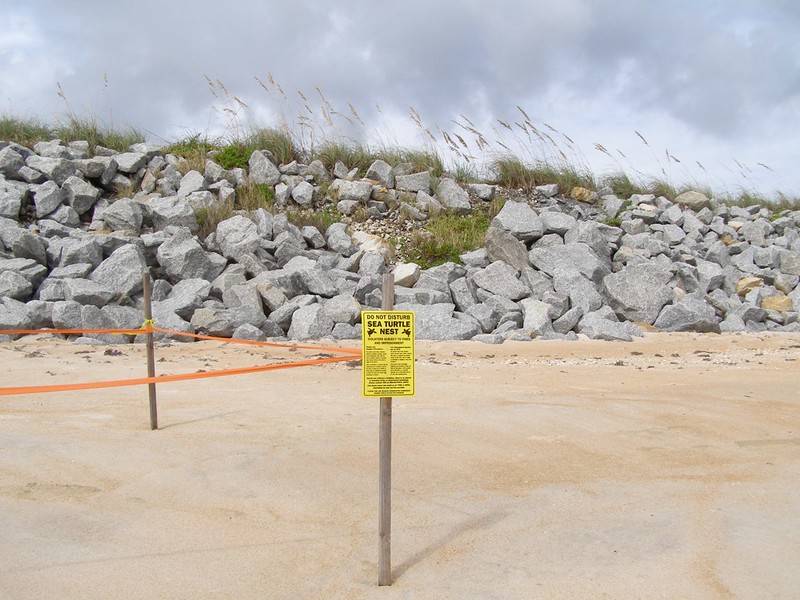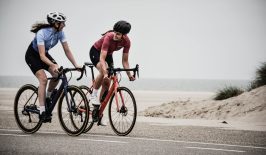At first glance, 3D printing seems innocuous in nature. What may have started out as something seen as a gimmick with no practical use for the general public, in the past few years it has been the driving technology behind countless innovative green and socially-sustainable projects. It has already made negative headlines too for its ability to produce dangerous items (perhaps most dramatically, when back in 2013 someone uploaded the specs for a fully-operational single shot handgun), and also for possible copyright issues and the effect it could have on traditional manufacturing. On the flip side, if developed irresponsibly, it’s a technology that could actually lead to increased consumption and with it, even more environmental degradation.
One thing is for sure: it’s a technology with profound implications for consumers, manufacturers, and policy makers around the world, and one with huge potential for social and environmental transformation.
How Does it Work?
The process of 3D printing, also known in the industry as additive manufacturing (AM), consists of layering material such as plastics or metals according to a computer-aided design (CAD). The design is composed of multiple two-dimensional arrangements which are then printed and layered in coordination. The result is a complete, 3D object of practically anything.
In terms of accessibility,current prices for 3D printers range from several hundred to several hundreds of thousands of USD. Though at the moment still a costly investment for individual consumers, with the technology becoming ever more affordable, they soon could be a viable option for personal use.
In a future where 3D printing becomes mainstream, whenever an individual needs something, there wouldn’t be a need for a trip to the local shop. That shop, in turn, would no longer need to keep so many thousands of products on hand. An individual consumer could simply upload a CAD of the product you need (say, a broken part of your cell phone or refrigerator) and print it on demand from home.
Modern shopping could be completely revolutionised. Some have even contemplated whether the shoe and apparel industry will have to compete with print-at-home clothes using specially tailored computer models to fit each individuals’ bodies. Elizabeth Royte, American science writer with Smithsonian Magazine, predicts that:
“Inventories would shrink, along with transportation, handling and storage costs. Retail shops might even disappear if orders can be fulfilled directly by manufacturers who deliver to their customers’ homes.”
With increasingly public digital templates, individuals have the potential to create rather than just consume something in the traditional sense, in an overthrow of traditional manufacturing methods.
Uses in the Field
1. Bioengineering: Prosthetics and Human Organs
Potentials for the field of bioengineering read like something out of a science fiction novel. Among the wider medical community, additive manufacturing is already being used to personalise and print plastic prosthetics, bone implants, and models for surgical practice.
Firms like Swedish company Cellink have taken this technology yet another step further and patented their own “bioink” – a liquid mixed with human cells that allows for the printing of human tissue.
With clients at research institutions around the world, the company’s founder believes that within two decades his bioink could be used to print organs fit for human implantation.
2. Biodiversity
Innovators at the organisation Paso Pacifico in Central America have found a way to use AM in the fight against animal trafficking. By 3D printing fake turtle eggs embedded with GPS trackers, researchers can now track poachers and help identify the most vulnerable nests.
In the humanitarian field, organisations such as Field Ready are already using AM to fill gaps in responses to disaster areas. 3D printing has the potential to supply on the ground workers with all kinds of print-on-demand items, from prosthetic limbs and medical devices. Here, the technology has the potential to save time and money by providing physical supplies exactly where and when they’re needed, at the press of a button.
Another example is Australia’s 3D Wash project, where discarded plastic bottles and packaging waste are turned into 3D printer filament which is used to print plastic piping in areas that lack sufficient sanitation and sewage systems – either because of a lack of infrastructure or because they’ve been hit by an environmental disaster. The solar-powered panel on top of the printer ensures that the technology can even be used in off-grid areas.
4. The Circular Economy
Other initiatives around the world are taking a meaningful step towards a circular economy by reducing (and recycling) plastic waste using 3D printing technologies. A project in Amsterdam is currently using 3D printers to transform plastic household waste into street furniture for public spaces.
While in Canada, a team is turning restaurants’ food scraps into bioplastics and those plastics into filament for 3D printers. And on a much larger scale, sports giant Adidas teamed up last year with Parley for the Oceans to create a more sustainable running shoe made completely from recycled ocean plastic.
A Future for Sustainability
Additive manufacturing and the increased use of 3D printers has the potential to revolutionise everyday life, by turning traditional methods of production and consumption on their heads. And as new technological innovations and applications continue to spring from this new technology, so does the potential for enhancing numerous aspects of human life – from humanitarian aid to healthcare and wildlife protection.
However, as with most rapidly-developing technologies, regulation has failed to keep up with industry, and both individual consumers and lawmakers must remain critical when it comes to assessing possible drawbacks. Moving forward, there are two possibilities when it comes to developing this innovation sustainably – or not.
The first possibility is that 3D printing and AM in general help pave the way to a more sustainable model of consumerism in modern society.
- As 3D-printed objects have an extremely high level of potential customisation, it means that of objects can be more easily replaced and/or repaired – like mobile phones for example, which so often end up as e-waste.
- This could help limit consumption by increasing the lifespan of already existing products on the market, and help curb the need for replacement buying.
- There have been many reports on 3D printing’s potential for the circular economy, with researchers considering the idea that AM could even eliminate the concept of waste all together – because printers produce zero material waste themselves due to the exactness of the printing process. An uptick in the use of bioplastics as an alternative material would make a sustainable circular economy approach even easier to imagine.
- And as it’s possible to share digital CAD files online, the financial costs, and the CO2 emissions, of transporting actual products would be eliminated.
- As 3D printers become more affordable, low-resource countries and communities will be able to produce things themselves that were previously only possible using expensive machinery. That would result in not just more autonomy, but also offer people new ways out of poverty, and revolutionise the field of humanitarian and emergency aid.
The second alternative is less ideal.
- As 3D printers mostly use plastic for the products that they manufacture, there is the possibility that the consumption of plastics could actually rise.
- Because consumers are able to print replacement parts for already-purchased goods, but also print unlimited new products, fashion trends could become much more wasteful as individuals print and discard whatever style or object is trending in popularity.
- Planned obsolescence could become an industry standard as specs are shared, printed, and thrown away in a cycle that is far from sustainable.
- Though some studies report that the use of 3D printers could reduce overall energy output from manufacturing, careful attention must be paid to energy use in the 3D printing process to make sure that its power consumption is kept in check.
Although it’s unclear what will happen in the future, there is also the possibility that personal consumption could rise, as well as the production and usage of single-use plastics. Unless pressure is put on designers, developers and manufacturers for the need for longevity, this second scenario could spell an environmental catastrophe.
Although scientific studies and evidence is there to indicate that AM holds enormous potential for sustainable development, no guarantee exists. In a future where 3D printing supplants traditional manufacturing, it is up to us – the consumers – to make clear to lawmakers which scenario works best for our lives and for the environment.
This article was originally published on 02/26/2018. It has since been updated on 04/26/2022 by Marharyta Biriukova.











